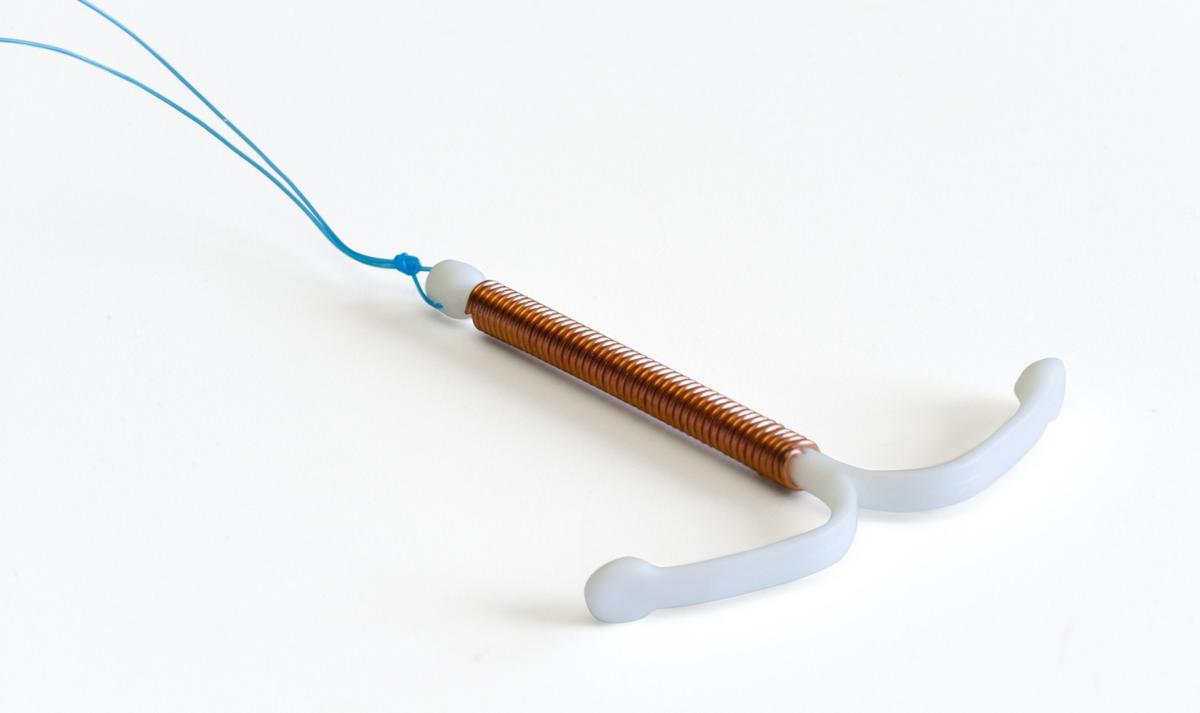
Most methods of birth control come with a set of side effects as do IUD’s. While deciding which birth control method works best for you, be aware of its side effects before settling on it. The following article provides information about the various side effects of the same.
An IUD or intrauterine device is a form of barrier method for birth control. This small, T-shaped device is inserted into the uterus to prevent conception. It has a string attached to it which hangs in the vagina and confirms that the device is in place. The placing of the device needs to be done by a medical practitioner. This form of birth control presents a permanent solution as the IUD is in use until the time a doctor removes it.
How Does an IUD Work
There are two types of IUD’s available in the US, copper Paragard and the hormonal Mirena, both of which impede sperm movement and thus stop them from fusing with an egg. They also cause the lining of the uterus to alter its structure. While the precise mechanism of the intrauterine device is not understood, it is believed that they cause changes in the lining of the uterus thereby preventing the fertilized egg from attaching itself to the lining of the uterus. The Mirena IUD releases the hormone progestin, which also helps to prevent pregnancy, by inhibiting the ovaries from releasing eggs. Additionally, it also thickens the cervical mucus which hinders sperm movement.
Side Effects of IUD
- Most women experience changes their period after implantation of an IUD. The side effects of copper IUD are a much heavier period, i.e. about a 50% to 75% increase in menstrual flow. It is also common to experience spotting between periods and increased menstrual cramps or backaches.
- Though unlikely, a woman is susceptible to an infection while getting an IUD. This may happen if the uterus is exposed to microbes at the time of insertion of the IUD. In these cases, the infection may develop within 3 weeks after the device is inserted. If the infection goes untreated, it may affect the woman’s ability to conceive in the future. Though obvious, it needs to be reiterated that a sterile environment be maintained at the time of insertion, and infection-prevention techniques be employed.
- Another rare possibility is, the IUD pushing through the wall of the uterus. While this may not be painful if it is not detected and removed, it may travel and cause damage to other parts of the body.
- There is a small chance of the IUD slipping out of the uterus. If it comes out entirely without the woman realizing it, then she may get pregnant. However, if it gets displaced and slips out half way, it must be removed. The chances of an IUD slipping out are greater in women who are younger and have never conceived.
- If a woman gets pregnant while using an IUD, she is at an increased risk of having an ectopic pregnancy. Indications of an ectopic pregnancy are irregular vaginal bleeding, pain in the abdomen, pain at the tip of the shoulder, and sudden weakness/fainting. Ectopic pregnancies may turn into life-threatening situations and need to be addressed at the earliest.
- If a woman uses an IUD while she is pregnant, her chances of developing a dangerous pelvic infection, having a miscarriage, or early labor and delivery are increased.
Apart from these side effects, the insertion of the IUD may itself be an uncomfortable experience for some women as it requires dilation of the cervix. Before making your decision of using an IUD, you may need to measure the risks against the benefits. If you decide to use one, make sure you properly understand its side effects and be alert to any symptoms that you may have after you begin to use it.
